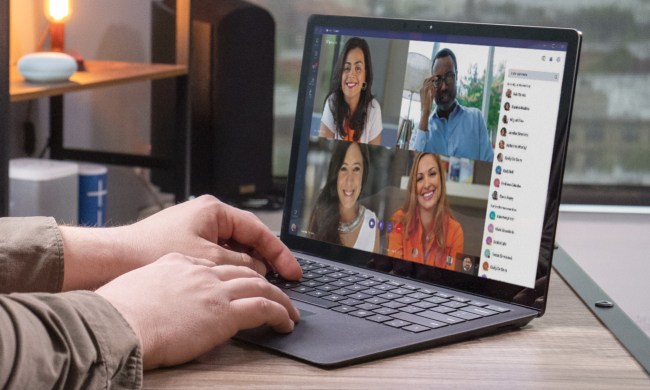
According to Google’s most recent transparency report, the company has been asked to take down more than a million different sites. In fact, individual URL removal requests now number in the billions, and the number of takedown requests has increased notably since last year, largely due to a more automated process of identifying copyright infringement, which makes up a significant chunk of the type of removal requests Google receives.
It’s not just pirated sites that show up on Google’s list — rather, a number of legitimate sites have also been flagged for removal. The White House, the U.S. Department of Justice., NASA, Netflix, the BBC, and the New York Times are often accused of having content that is worthy of a takedown.
Naturally, Google doesn’t comply with all these requests. IMDb, for example, frequently has URLs reported to Google, which isn’t planning on taking down the popular movie database anytime soon. As Google noted, “We push back on these requests when they fail to include the necessary information or we suspect they are fraudulent.”
So what’s going on here? Is it just an innocent mistake? A glitch in the system? In some cases, perhaps, but in others, Google’s transparency report suggests that certain governments are increasingly hoping to crack down on content on the web.
You can check out the full contents of Google’s latest transparency report here.


